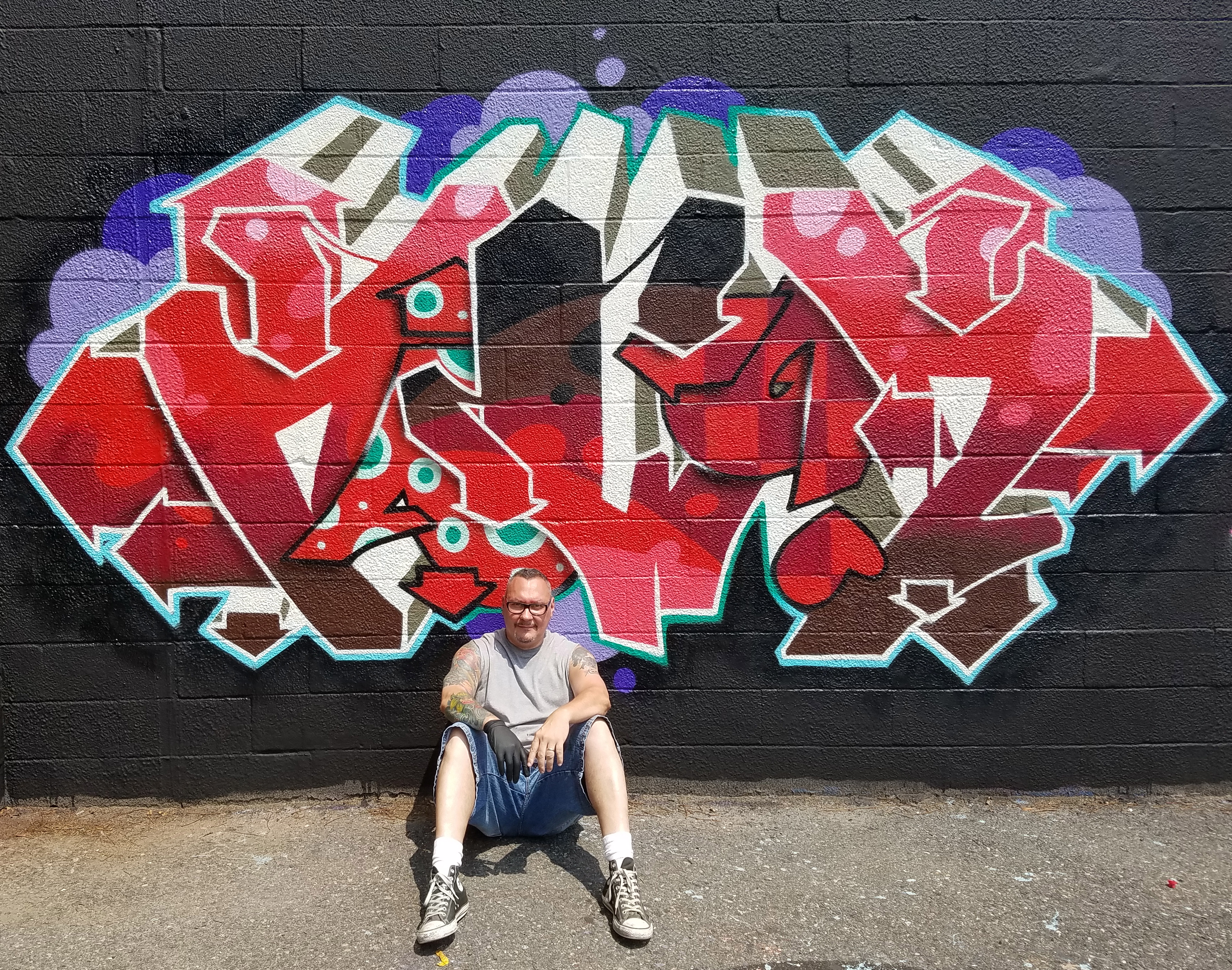Whenever I go to a graffiti show with my dad, most of the time it’s in an art gallery where the finished pieces are hanging on walls to be viewed and purchased. Yet, graffiti wasn’t always viewed as an art form. In the 1970’s it was considered an act of vandalism and a crime. Many viewed it as merely street art, something you would see in the ghettos of New York City. Graffiti would however, evolve from being ‘taboo’ to being, not just socially acceptable, but now a form of pop art. What many don’t realize is that this art form has a long and storied history, one that would leave a mark on not only the art, but also the artists.
Origins of the Art
If you think graffiti is a recent trend or its origins limited to NYC. Think again. Graffiti has always been around. From the ancient Greeks and Romans carving messages on walls to gangs using it as a way to mark their territory, to people using it as a way to remember those who died. Which coincidentally happened to be New York City’s first taste of graffiti. You see, in 1955, jazz legend Charlie “Yardbird” Parker died; and shortly after his death, “Bird Lives” tags began to pop up on the streets of New York City.
However, the Bird tags didn’t stick around and the trend died down. Fast forward 20 years later to a Washington Heights foot messenger who would write his nickname wherever he went. This foot messenger turned out to be TAKI 183, who along with many other writers/artists, became one of the pioneers of the New York City graffiti scene. What soon followed after TAKI 183 was a graffiti takeover. Tagging your name on the street became a badge of honor and soon moved to the subway system. What started as simply writing your name on a train turned to tagging the side of trains. Which evolved into a competition to see who could create the biggest and greatest piece.

Origins of the Artists
In addition to the art that was being created, there were artists being formed. Luis “Zimad” Lamboy and Byron “Crase” Marquez are prime examples. As they bore witness to and were an integral part of creating the movement.
Luis Lamboy, also known as Zimad, has been doing graffiti for over 38 years. Starting at just 14 years-old, Lamboy says that growing up in the Melrose Projects, seeing the graffiti in the stairway left a mark on him and in a way urged him to do the same.
“I got to liking what I was seeing. Other friends that were writing for a couple years before me would give me pointers on what I was doing.” Not too long after, Lamboy joined the Bronx Artist Crew and expanded from tagging to bigger items such as throw ups and pieces. “I think I got involved because it actually started getting me popular,” Lamboy says. “I liked the feeling of being bad.”
Not unlike folks that go in for tattoo ink, Lamboy says that graffiti became addictive. Once you got the taste for it, you couldn’t stop. The rush of getting away with expressing yourself through graffiti, illegally, made it hard to stop. Since 1985, Lamboy went from street graffiti to doing canvases for group shows at the local gallery. The old Fashion Moda in the Bronx happened to be that gallery. Those Fashion Moda shows opened up more opportunities for Lamboy. He got to travel the world and do more group shows.
Today Lamboy has traded subway trains and brick walls, for canvass and galleries. Lamboy currently does around eight to ten shows a year. “It’s nothing like having a show in a gallery,” says Lamboy. “People that show up to show love and support are there for me. I feel like a star for that night.”

